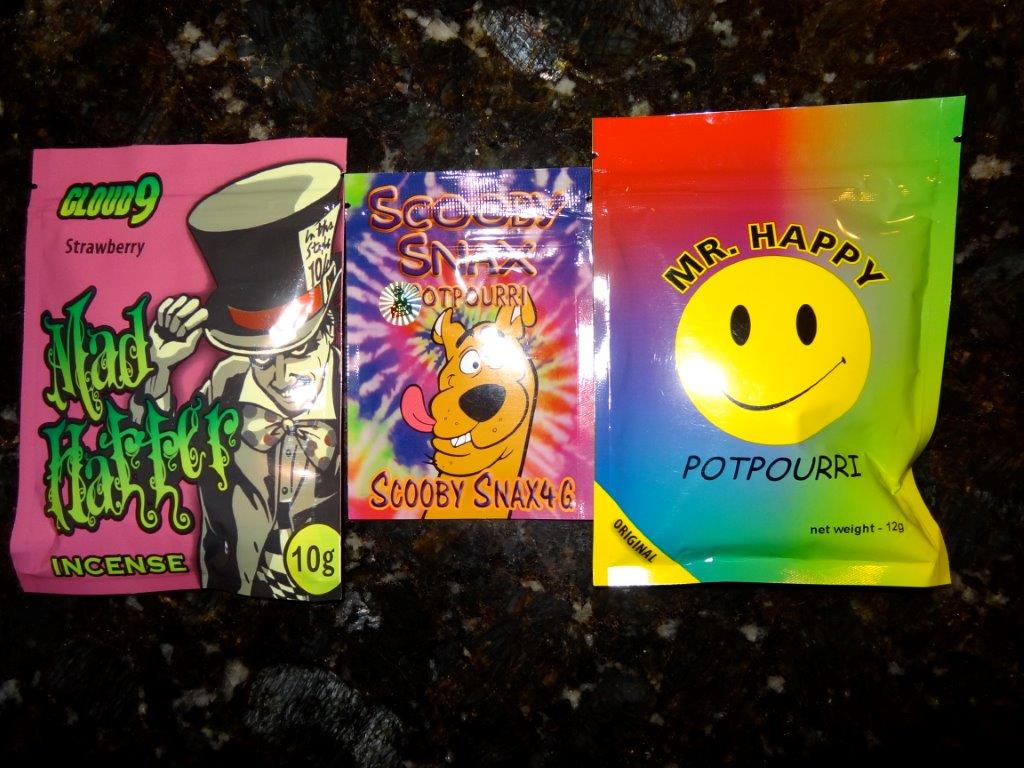K2 Spice Spray: The Rise of Synthetic Marijuana
K2 spice spray, also known as synthetic marijuana, is a mixture of dried herbs and spices that are sprayed with chemicals. When smoked, these chemicals create a high that is similar to THC, the primary psychoactive compound in marijuana. K2 and Spice are popular names for these products, which are often labeled as herbal incense or potpourri to evade regulatory oversight by the Food and Drug Administration (FDA).
The Rise of Synthetic Cannabinoids
The emergence of synthetic cannabinoids laced on plant material was first reported in the United States in December 2008 when a shipment of Spice was seized and analyzed by U.S. Customs and Border Protection (CBP) in Dayton, Ohio. Since then, there has been a rapid expansion in the availability of synthetic drugs. In 2012 alone, 51 new synthetic cannabinoids were identified, compared to just two in 2009. Additionally, 31 new synthetic cathinones, related to amphetamines, were identified in 2012, compared to only four in 2009. This proliferation of synthetic substances poses a significant threat to public health.
Health Risks Associated with K2 Spice Spray
The contents and effects of synthetic cannabinoids and cathinones are highly unpredictable due to the constantly changing variety of chemicals used in their manufacturing processes. These substances lack quality controls and government regulatory oversight, making their consumption extremely risky. Health warnings issued by public health authorities and poison control centers have highlighted the adverse effects associated with the use of synthetic drugs.
Effects of Synthetic Cannabinoids
The effects of synthetic cannabinoids, such as those found in K2 spice spray, can be severe and life-threatening. Users may experience severe agitation, anxiety, nausea, vomiting, a racing heartbeat (tachycardia), elevated blood pressure, tremors, seizures, hallucinations, dilated pupils, and even suicidal thoughts or actions. The use of synthetic cannabinoids is often likened to the adverse effects of cocaine, LSD, and methamphetamine.
Effects of Synthetic Cathinones
Synthetic cathinones, which are chemically related to amphetamines, can also have profound negative effects on the user’s health. Similar to the adverse effects of other stimulant drugs, synthetic cathinone use is associated with increased heart rate and blood pressure, chest pain, extreme paranoia, hallucinations, delusions, and violent behavior. These effects can lead users to harm themselves or others.
Sources and Availability of K2 Spice Spray
According to the Drug Enforcement Administration (DEA), many synthetic cannabinoid and cathinone products originate overseas. However, law enforcement personnel have also encountered the manufacture of synthetic drugs within the United States, including in residential neighborhoods. Synthetic drugs, including K2 spice spray, are often sold at small retail outlets and are readily available via the internet. Manufacturers frequently alter the chemical compositions of these substances in an attempt to evade government bans.
Government Efforts to Combat Synthetic Drugs
Recognizing the significant health risks posed by synthetic drugs, the government has taken steps to regulate these substances and protect public safety. Congress has passed legislation to ban many synthetic substances at the federal level, with the Synthetic Drug Abuse Prevention Act being a notable example. This act permanently places certain synthetic cannabinoids and cathinones into Schedule I of the Controlled Substances Act (CSA), indicating that they have a high potential for abuse and no accepted medical use.
The Controlled Substance Analogue Enforcement Act of 1986 also allows synthetic drugs to be treated as controlled substances if they are chemically and/or pharmacologically similar to Schedule I or II controlled substances. The DEA has utilized its emergency scheduling authority to control various synthetic cannabinoids and cathinones, ensuring that these substances are subject to regulatory control.
State-Level Efforts to Control Synthetic Drugs
In addition to federal regulations, many states have taken action to control the sale and use of synthetic cannabinoids and cathinones. At least 43 states have implemented measures to control one or more synthetic cannabinoids, and at least 44 states have taken similar action regarding synthetic cathinones. Prior to 2010, these substances were not controlled at the state or federal level, highlighting the urgent need for regulatory measures to combat their proliferation.
Conclusion
The rise of synthetic marijuana, exemplified by K2 spice spray, poses a significant threat to public health. These substances, often marketed as legal alternatives to marijuana, can have severe and unpredictable effects on users. The government has been actively working to combat the availability of synthetic drugs through legislation, regulation, and enforcement efforts. However, the constantly evolving nature of these substances and their easy accessibility continue to challenge regulatory agencies. It is crucial for individuals to be aware of the risks associated with synthetic drugs and to seek help if they or someone they know is struggling with addiction to substances like K2 spice spray.





Leave a comment